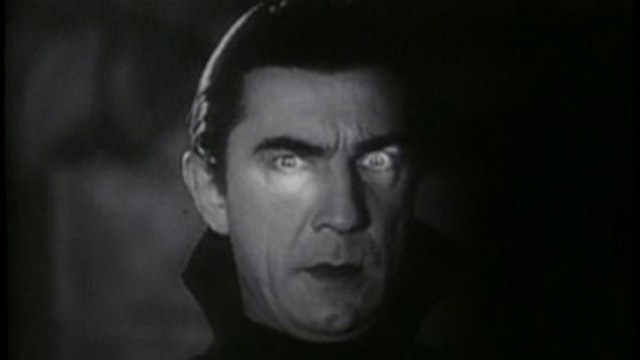
Many experts believe that the origin of vampire folklore dates back at least 4,000 years to Ancient Greece, but legends of blood sucking creatures have existed around the world for millennia. Stories about vampires come from many different authors and filmmakers and from many different cultures.
So why have people around the world always been fascinated by vampires? Did vampire tales begin as a way to explain frightening phenomena actually witnessed? Although there is no scientific evidence for vampires, there is some scientific basis for vampire folklore.
The vampire has evolved over time in countless directions, moving in popular culture from a pure evil being to a conscience-bound but sexy seducer. The vampires of “Twilight” and “Vampire Diaries” act more human than Bram Stoker’s “Dracula.” However, in general vampires are predatory creatures in human form that survive by drinking the blood of the living through protruding fangs. They were once human, but they were bitten by a vampire, died and rose from the grave as one of the Undead. They are potentially immortal but they can be killed by a stake through the heart, direct sunlight, and beheading.
In his book Vampires, Burial and Death, Paul Barber argues that the belief in vampires came from pre-industrial society trying to explain the process of death and decomposition. People expected a body in the ground to decompose as quickly as one exposed to the elements. So they suspected vampirism when a cadaver looked unexpectedly well-preserved, bloated as though gorged with blood, with blood on its lips. But corpses naturally swell as gases from decomposition accumulate in the body, squeezing the lungs and forcing blood to ooze from the nose and mouth. In addition, the skin and gums contract to expose the teeth more prominently, making the canine teeth look perhaps a bit like fangs.
Barber’s theory is supported by the fact that outbreaks of tuberculosis were associated with outbreaks of vampirism. During a tuberculosis outbreak, people often blamed the first victim of the disease. Believing him to be a vampire, they would dig him up and drive a stake through his heart. The corpse would then appear to spring to life and cry out — scary! But staking a bloated, decomposing corpse forces the accumulated gases to escape the body. This produces a groan-like sound as the gases are forced past the vocal cords and out the throat. Even without staking, many corpses make moaning sounds — just ask funeral directors.